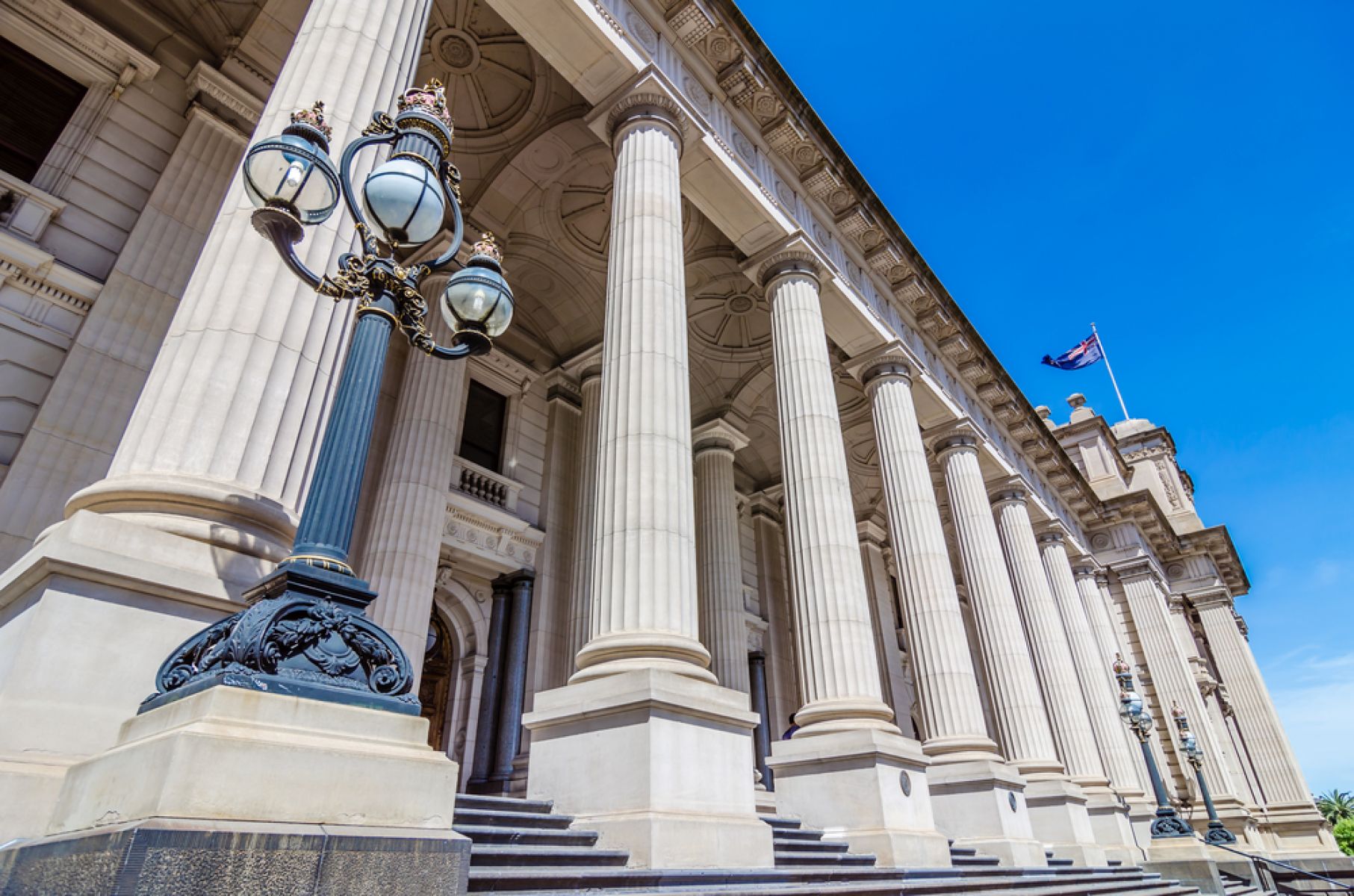Offshore wind project developers must consider the traditional knowledges, values, rights, and responsibilities of, and engage with, the relevant Traditional Owners during all phases of an offshore wind project.
Traditional Owners are partners who have cultural and legal rights that must be upheld under the Traditional Owner Settlement Act 2010 (Vic), the Aboriginal Heritage Act 2006 (Vic) and the Native Title Act 1993 (Cth).
Traditional Owners’ rights are recognised and promoted under Commonwealth and Victorian legislation and policies. Aboriginal cultural heritage (both tangible and intangible) is protected by law and includes various landforms and land categories, including, relevant to offshore wind projects – coastal Crown (‘public’) land, coastal land, dunes and waterways.
Aboriginal cultural heritage
Aboriginal cultural heritage is protected regardless of whether it is known or submerged. The Victorian Government has commitments to Aboriginal self-determination – including through various legislation and recent developments under Truth and Treaty processes.
The Victorian Charter of Human Rights and Responsibilities Act 2006 (Vic) also provides legal rights for Aboriginal Victorians, recognising self-determination as the right to “freely determine their political status and pursue their economic, social, and cultural development”.
Engaging with Traditional Owners
Further information on Victoria’s commitments, guidance and responsibilities for engaging Traditional Owners is available below:

